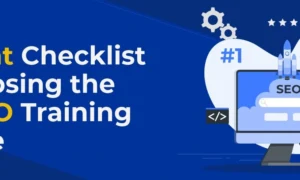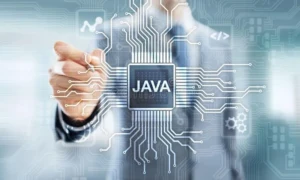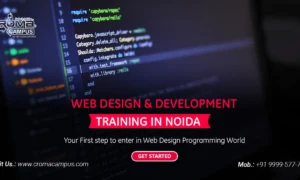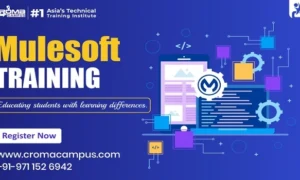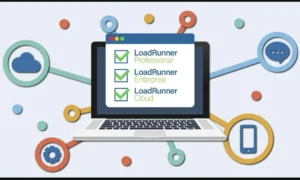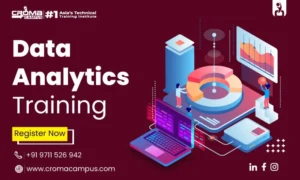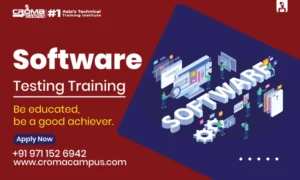The technological world is developing quickly. The most noble sector of the economy, education, has seen a significant transformation recently. Many educational institutions are moving towards eLearning these days since it makes learning faster, easier, and more efficient.
By 2025, the e-learning business is projected to earn $325 billion due to a number of strong factors. A new world has opened up for students thanks to eLearning. Teachers can monitor student activities more simply than ever before with the correct tools at their disposal. Let’s discuss 6 components of classroom management software in this article.
Why Classroom Management System is Important
In the modern era, virtually all classes in schools are now offered online. Thus, it is clear that classroom management software has been integrated. The younger generation has a stronger preference for digital devices.
To improve student collaboration, educators must design classroom management strategies that support that goal. A tool that teachers can use to create an atmosphere for a student that is engaging, interactive, independent, and task-oriented is classroom management software.
Moreover, teachers can clearly define what is expected of them in relation to any given project and monitor their development in real-time.
6 Key Components of Classroom Management System
1: Content Management
Modern education relies heavily on effective content management to provide students with relevant and interesting learning resources. Teachers can easily curate and distribute content with the help of a classroom management system (CMS).
A variety of resources, including documents, videos, and interactive courses, are available for teachers to post and share. This element not only speeds up the material distribution procedure but also encourages individualized learning.
Teachers can develop dynamic, adaptive classes that eventually improve student engagement and comprehension in the always-changing educational environment by being able to modify information to meet each student’s requirements.
2: Peer-Based Learning
A teacher’s practical experience can be improved with the aid of classroom management tools. The ability to share a student’s screen with the rest of the class and to broadcast their own device’s screen to the kids is what this means for the professors.
Thus, classroom management software encourages a peer-based learning paradigm in which teachers increase their students’ participation rates.
3: Device Management
The foundation of any modern classroom management system (CMS) is device management. Students employ a range of equipment in today’s technologically advanced classrooms, including computers and tablets.
By providing seamless control and monitoring capabilities, the CMS empowers teachers. These gadgets are simple for teachers to manage, ensuring that pupils stay focused and interested during lectures.
The technology also gives teachers the ability to remotely manage software updates, install programs, and handle technical issues, all of which minimize disruptions and maximise teaching time. This essential element fills the gap between cutting-edge instruction and successful teaching, improving the educational process as a whole.
4: Better Control and Management of Class
Teachers cannot squander class time by monitoring every student’s gadget because technology in the classroom causes distractions for the students. The program assesses how frequently pupils use gadgets in the classroom.
The management software makes sure that pupils are focused on their duties and maintains them on the proper path. It restricts the student’s off-task behavior and improves learning for the pupil.
As it stops all forms of disruptive behavior, it maintains positive classroom behavior. This classroom management software is now being used in many schools. Teachers are able to provide all of their pupils with high-quality instruction with the use of a class management system.
5: Classroom Monitoring
Effective classroom management depends on constant observation of the students to make sure they are paying attention and understanding the material. The Classroom Management System (CMS) from Lenovo takes this a step further by giving teachers a real-time view of students’ screens.
This feature enables teachers to keep a close eye on pupils’ development and to quickly intervene when necessary. The technology also offers cutting-edge analytics capabilities, allowing teachers to identify trends and enhance certain elements of their teaching methods.
Because of the dynamic, responsive learning environment it fosters, this real-time information assists teachers in developing more effective lesson plans.
6: Professional Development
The full use of a classroom management system (CMS) by instructors requires training and continuing professional development. For educators to effectively master the CMS, the program offers a wide range of resources and support. Teachers can join in helpful discussions on best practices and insights here.
This dedication to continual learning makes sure that teachers are well-equipped to make the most of the CMS, boosting their ability to teach, and eventually improve the overall educational experience for students.
Final Verdict
The Classroom Management System is a complete system that takes into account the changing demands of modern education. This technique encourages student engagement, teamwork, and personalized learning in addition to improving teaching effectiveness.
As technology continues to influence the future of education, CMS continues to be an important tool for teachers working to give their students the greatest learning experience possible.
Read More: How Online Classroom Software is Transforming Education System



